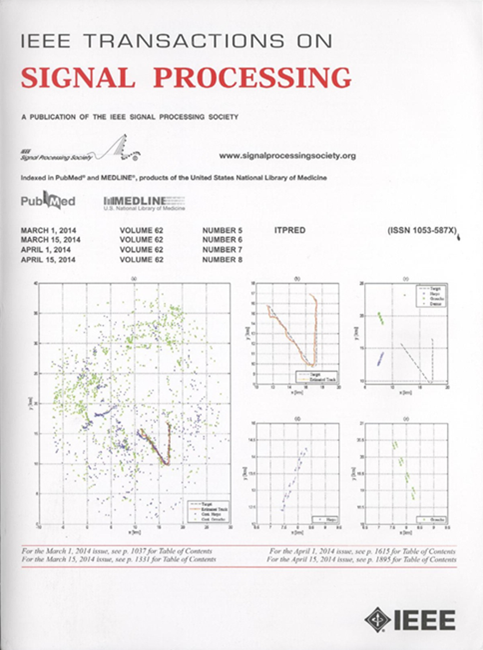无不动点平滑的单时间尺度多序列随机逼近:理论与应用
IF 4.6
2区 工程技术
Q1 ENGINEERING, ELECTRICAL & ELECTRONIC
引用次数: 0
摘要
随机逼近(SA)涉及多个耦合序列,也称为多序列随机逼近(MSSA),在信号处理和机器学习领域有多种应用。然而,现有的理论认识是有限的:多时间尺度分析意味着缓慢的收敛速度,而单时间尺度分析依赖于严格的不动点平滑假设。在本文中,我们建立了更严格的单时间尺度的MSSA分析,而不假设不动点的光滑性。我们的理论发现表明,当所有涉及的算子都是强单调时,MSSA以$\tilde{\mathcal{O}}(K^{-1})$的速度收敛,其中$K$表示迭代的总次数。当除主算子外所有算子均为强单调时,MSSA的收敛速度为$O(K^{-\frac{1}{2}})$。这些速率与单序列SA的速率一致。将我们的新理论发现应用于双层优化和通信高效的分布式学习,可以提供宽松的假设和/或更简单的算法,并具有性能保证,正如数值实验所验证的那样。本文章由计算机程序翻译,如有差异,请以英文原文为准。
Single-Timescale Multi-Sequence Stochastic Approximation Without Fixed Point Smoothness: Theories and Applications
Stochastic approximation (SA) that involves multiple coupled sequences, also known as multiple-sequence SA (MSSA), finds diverse applications in the fields of signal processing and machine learning. However, existing theoretical understandings of MSSA are limited: the multi-timescale analysis implies a slow convergence rate, whereas the single-timescale analysis relies on a stringent fixed point smoothness assumption. In this paper, we establish tighter single-timescale analysis for MSSA, without assuming smoothness of the fixed points. Our theoretical findings reveal that, when all involved operators are strongly monotone, MSSA converges at a rate of $\tilde{\mathcal{O}}(K^{-1})$ $K$ $O(K^{-\frac{1}{2}})$
求助全文
通过发布文献求助,成功后即可免费获取论文全文。
去求助
来源期刊

IEEE Transactions on Signal Processing
工程技术-工程:电子与电气
CiteScore
11.20
自引率
9.30%
发文量
310
审稿时长
3.0 months
期刊介绍:
The IEEE Transactions on Signal Processing covers novel theory, algorithms, performance analyses and applications of techniques for the processing, understanding, learning, retrieval, mining, and extraction of information from signals. The term “signal” includes, among others, audio, video, speech, image, communication, geophysical, sonar, radar, medical and musical signals. Examples of topics of interest include, but are not limited to, information processing and the theory and application of filtering, coding, transmitting, estimating, detecting, analyzing, recognizing, synthesizing, recording, and reproducing signals.
 求助内容:
求助内容: 应助结果提醒方式:
应助结果提醒方式:


